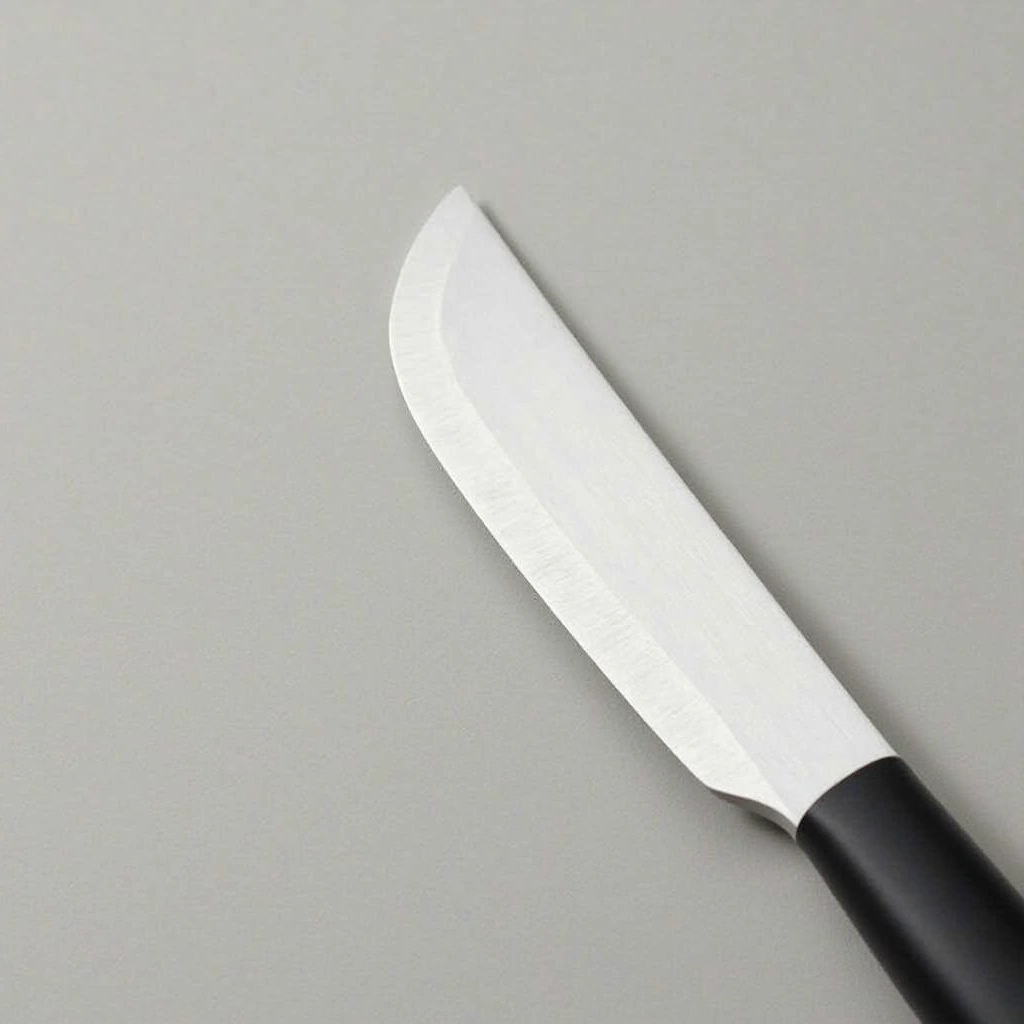Introduction
Struggling with a dull kitchen knife can be frustrating, especially when you’re preparing meals. One unusual but increasingly popular kitchen hack is using toothpaste to sharpen a blade. This method is said to help restore some sharpness with the mild abrasives found in toothpaste.
Many home cooks swear by this trick, but does it actually work? In this article, we’ll explore the science behind this hack, step-by-step instructions, and alternative DIY knife sharpening solutions. If you’re interested in best kitchen storage hacks, be sure to check out these tips on keeping your ingredients fresh.
For those who frequently work with homemade cheese or bread, knowing how to make homemade cheese with vinegar can also complement your knife care routine. Now, let’s dive into the details!
How Does Toothpaste Work on a Knife?
The Science Behind It
Toothpaste contains mild abrasives that act as polishing agents, including:
- Calcium carbonate – Removes stains and smooths surfaces.
- Hydrated silica – Gently polishes and refines rough edges.
- Aluminum hydroxide – Helps remove oxidation and buildup.
When applied to a knife blade, these abrasives work similarly to a polishing compound, refining the surface rather than truly sharpening it. However, unlike a honing rod, toothpaste won’t restore the blade’s proper edge alignment.
For those who frequently slice homemade bread or meats, consider best slicing techniques for homemade bread and meats for maintaining precision in the kitchen.
Step-by-Step Guide: Using Toothpaste to Sharpen a Knife
What You’ll Need:
✔️ Dull kitchen knife
✔️ Non-gel toothpaste (preferably whitening toothpaste)
✔️ Paper towel or cloth
✔️ Porcelain plate (with an unglazed bottom)
✔️ Salt & vinegar (optional for extra sharpening power)
✔️ Dish brush for cleaning
Instructions:
- Apply a generous amount of toothpaste to both sides of the knife blade.
- Use a paper towel to rub the toothpaste in, creating friction.
- Flip a porcelain plate upside down and use its rough, unglazed bottom as a sharpening surface.
- Hold the knife at a 20-degree angle and run it along the plate’s edge 5-10 times per side.
- Rinse the knife under warm water using a dish brush to remove toothpaste residue.
- Dry it completely to prevent rusting.
This trick can slightly improve the knife’s performance, but for long-term use, check out best way to prepare vegetables before cooking for tips on cutting produce efficiently.
Pros & Cons of Using Toothpaste for Knife Sharpening
✅ Pros
✔ Cost-Effective – No need to invest in expensive sharpeners.
✔ Convenient – Toothpaste is readily available at home.
✔ Cleans While Sharpening – Removes rust and stains while refining the blade.
❌ Cons
❌ Not a Permanent Solution – Toothpaste won’t truly sharpen a dull knife.
❌ Messy Cleanup – Requires thorough rinsing to remove toothpaste residue.
❌ Can Damage High-End Knives – Certain carbon steel knives may react poorly to toothpaste chemicals.
For more smart kitchen tips, check out smart grocery shopping tips to make the most of your purchases.
Alternative Household Hacks for Sharpening Knives
If toothpaste isn’t your preferred method, here are other DIY knife sharpening tricks:
- Ceramic Mug Hack – Flip a ceramic mug upside down and use the rough bottom as a sharpening surface.
- Aluminum Foil Trick – Fold aluminum foil several times and slice through it repeatedly to hone the blade.
- Baking Soda & Vinegar Solution – Great for cleaning rusty knives but not ideal for sharpening.
Final Thoughts: Is Toothpaste a Good Sharpening Hack?
Using toothpaste on a kitchen knife is a quick fix, but it’s not a true sharpening method. It can remove minor imperfections, but for serious sharpening, investing in a proper whetstone or honing rod is recommended.
Final Verdict:
✅ Good for quick touch-ups
❌ Not a long-term solution
For maintaining a sharp and efficient kitchen setup, don’t forget to check out best way to prepare vegetables before cooking to improve your meal prep efficiency!
Would you try this toothpaste trick on your kitchen knife? Let us know in the comments! 😊

